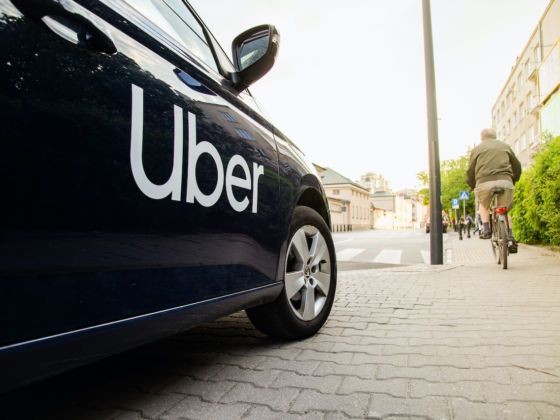This is The Climate Win, the most positive sustainability news around the world every week.
Ride-hailing company Lyft made big news when it pledged to become carbon neutral back in 2018 through the purchase of carbon offsets. Noticeably absent from this round of green marketing was Uber, which has been so silent on the matter that they actually declined to comment when a journalist from The Atlantic reached out following Lyft’s announcement. The world’s largest ride-hailing app broke its silence on the matter this week, announcing it would become a zero-emissions mobility platform by 2040.
